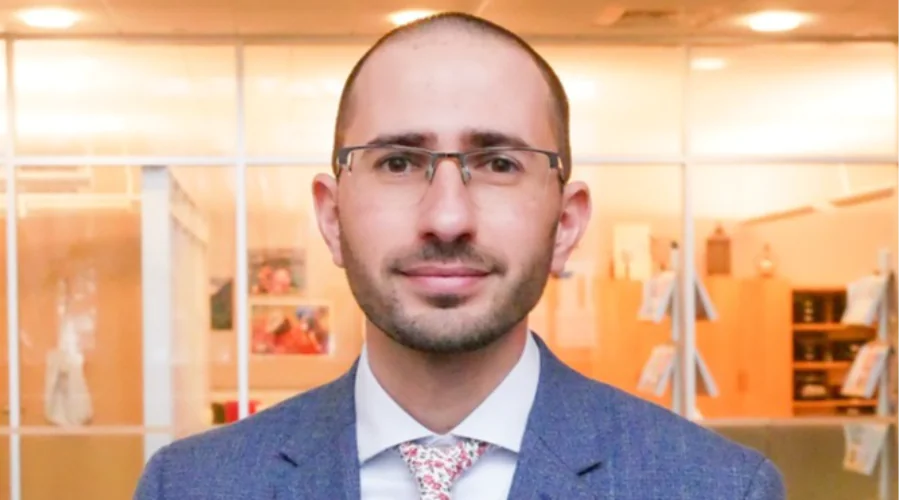UM Surabaya Alert for COVID-19
What is COVID-19?
COVID-19 is a new type of infectious disease that was discovered in 2019. This disease comes from the coronavirus, which is a large family of viruses that cause several acute respiratory diseases, such as Middle East Respiratory Syndrome (MERS-CoV), Severe Acute Respiratory Syndrome ( SARS-CoV), to the latest Covid-19.
The spread of the COVID-19 virus is through droplets, which are fluids that come out of the body when someone talks, sneezes or coughs. Currently the best way to stop the spread is by social distancing (maintaining distance).
Precautions:
- Wash hands properly for 20 seconds
- Don't touch your face
- Wear a mask
- Avoid social gatherings
- Rubbing your hands with an alcohol-based sanitizer
- Avoid shaking hands to help protect yourself and others from
What Are The Basic Symptoms?
The following are the basic symptoms that often appear in sufferers of Covid-19.
Coughing And Sneezing
When you have a cold, some people can also experience sneezing. Sneezing occurs due to a foreign object in the nose.
High Fever
Fever has long been a symptom of coronavirus infection. Fever is characterized by a body temperature that reaches more than 37.5 degrees Celsius.
Sore throat
Sore throat usually occurs due to the intensity of a strong cough. Sore throat will feel like pain and heat in the throat to make it difficult for the patient to swallow.
Difficulty Breathing
These symptoms sometimes make it hard to breathe, but they don't make it difficult for the patient to breathe as in the case of shortness of breath.
Continuous cough
Cough caused by Covid-19 has its own characteristics. Coughs are generally dry, without phlegm production in the throat.
Headache
Headache is a marker of infection. In Covid-19, headaches generally appear in the form of a throbbing sensation.
How To Stay Safe Important Precautions
Preventing Covid-19 is an important thing that must be done by everyone. Prevention will help break the chain of eye transmission and save yourself and your family from infection. The World Health Organization (WHO), has recommended several steps to prevent Covid-19

Washing hands with soap or hand sanitizer

Wear surgical mask or face shield

Membersihkan tangan dengan alkohol

Spraying disinfectants

Body temperature measurement

Social distancing
News dan Article

- 17 Dec
- 2021
Kevin Fogg Describes Research Challenges during the Pandemic
Universitas Muhammadiyah Surabaya International Multidisciplinary Conference on Potential Research (MICon) will be held on 15-16 December 2021. Many speakers of international repute attended the conference, one of which was Kevin Fogg, an expert o [Read More]Frequently Asked Questions
Things you need to know about the coronavirus to protect you and your family
Need Help?
Please contact the UMSurabaya COVID-19 Handling Team via the whatsapp chat below
UMSURABAYA COVID-19 MITIGATION HOTLINE (081234558759)








